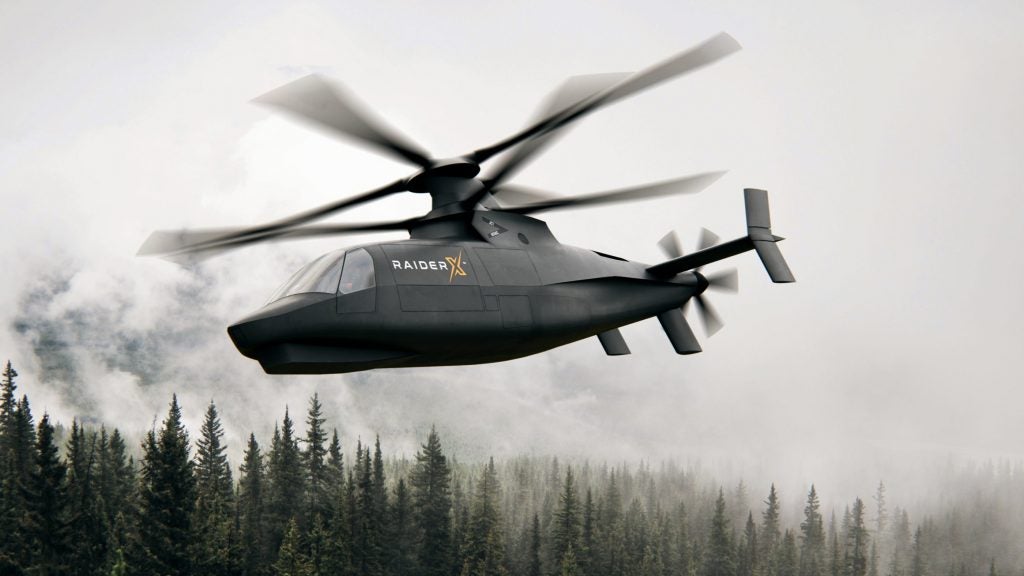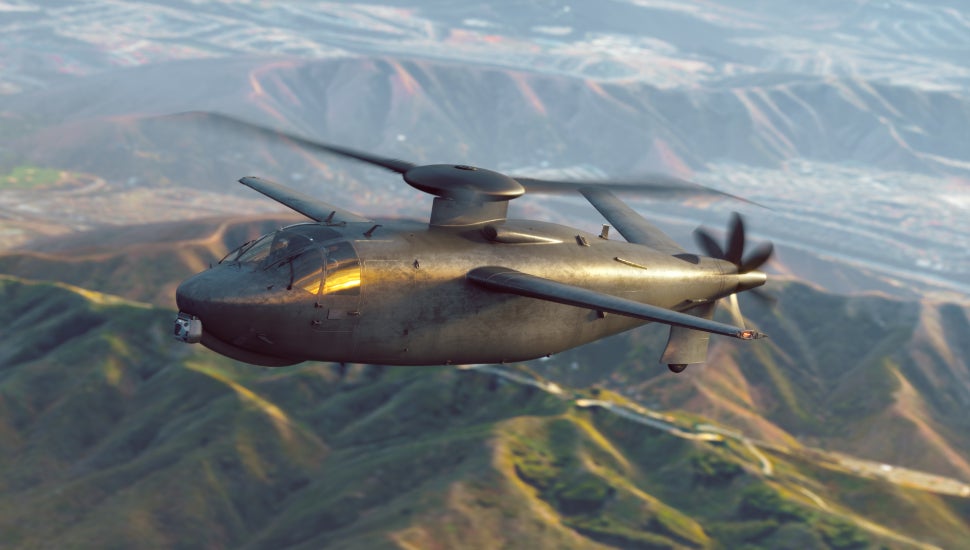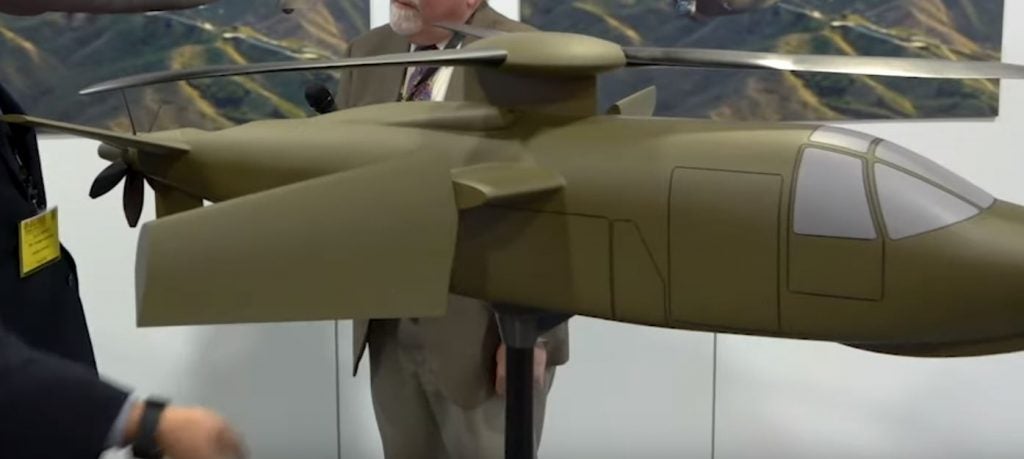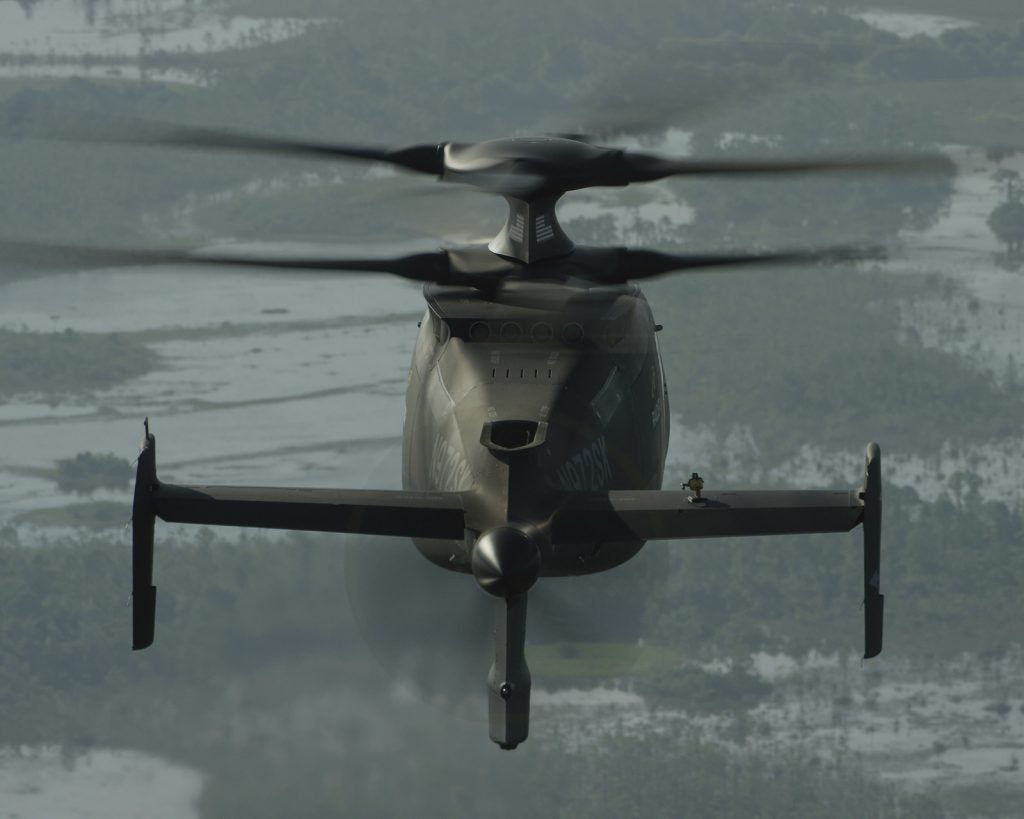Sikorsky and Karem Reveal their Cutting-edge FARA Proposals
Previously on Overt Defense, we covered the reveal of Bell’s low-risk proposal for the Future Attack Reconnaissance Aircraft (FARA) program, the 360 Invictus. Now Sikorsky, Karem, and AVX have put forward their own proposals. Along with Boeing, who has yet to reveal their proposal, we have 5 competitors but only 2 will be selected in early 2020 to produce a flying prototype. Here we’ll discuss Karem and Sikorsky’s entry with a later article covering AVX and Boeing.

Sikorsky, who offered an enlarged version of their S-97 Raider, is arguably the strongest contender. Known as Raider X the aircraft retains the innovative coaxial+pusher compound layout of S-97 while increasing internal volume for weapon and mission system payloads. In the FARA competition, Sikorsky has 2 key advantages; firstly the company has more experience than any other in the realm of optionally piloted vehicle technology through its MATRIX program (which we havediscussed here). Second, while Raider X itself has yet to fly its direct predecessor S-97 has been in flight testing since 2015 (with a 2-year hiatus after a hard landing). All the other propulsion systems with the exception of Bell’s and possibly Boeing’s remain unproven.

The other highly promising design is the AR40 from Karem Aircraft. A relatively unknown name, Karem Aircraft is actually Abraham Karem’s third aircraft company. The first, Leading System Inc., was purchased by General Atomics in 1990 and led the development of the infamous MQ-1 Predator. His second company, Frontier Systems Inc., was purchased by Boeing in 2004 and led the development of a record-breaking long-endurance unmanned helicopter known as the A160T Hummingbird. While very experienced with unmanned systems Karem has yet to produce a piloted vehicle.
To give them more validity Karem has teamed up with two industry giants, Northrop Grumman to provide aircraft production experience and Raytheon to serve as the system integrator. The experience will be needed as the Karem proposal is fairly ambitious. In a way, it combines Bell and Sikorsky’s approach. AR40 uses a single main rotor with a wing, like the Bell Invictus, but its tail rotor can swivel. At low speeds the tail rotor acts in a conventional anti-torque role but once at high speed, it swivels to become a pusher. This gives capabilities similar to Raider X but without the complexity of a coaxial rotor. However, AR40 replaces the complexity of the coaxial rotor with a wing that is able to pivot vertically. This allows the reduction of drag during hover and gives tremendous control authority at speed but forgoes the attachment of heavy payloads on the wings. Instead, AR40 will use large bays for the storage of weapons.


